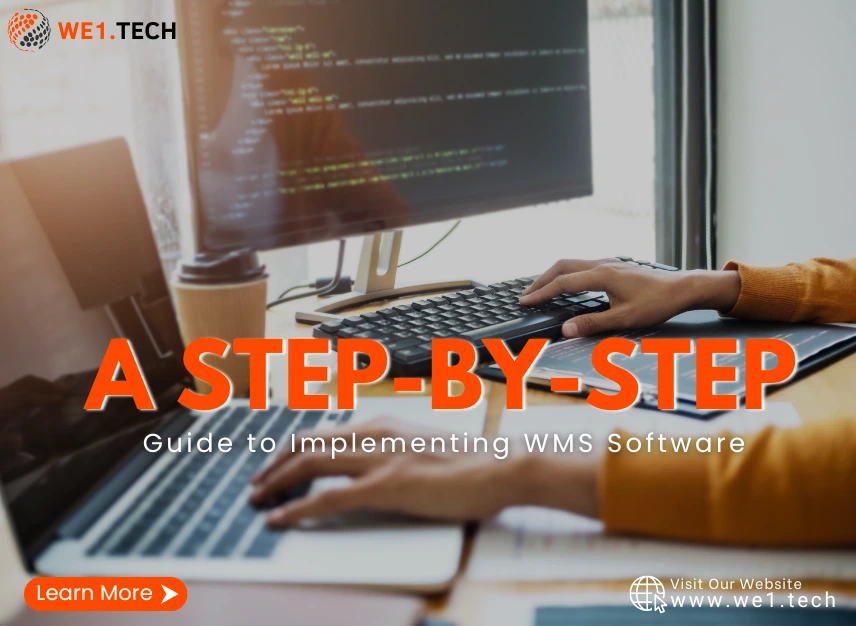
Efficient warehouse management is essential for any well-functioning supply chain. With e-commerce booming and consumer expectations rising, businesses are turning to warehouse management systems (WMS). It helps companies streamline inventory tracking, order processing, and labor management.
However, implementing WMS is certainly not a simple plug-and-play process. It requires thorough planning, clear communication, as well as strategic execution.
In this blog post, we will take you through a step-by-step process for a successful WMS implementation. So, let's get started!